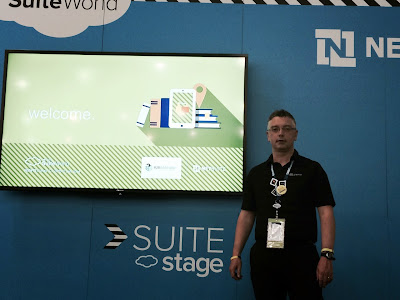If your products are selling very well on Amazon, chances
are you may be contacted by an Amazon Buyer to sign up to sell your products through
Amazon Vendor Central. But what is Amazon Vendor Central and how does it differ
from what you are doing already on Amazon Seller Central? To answer these
questions lets’ take a look at a brief description of both:
What is Amazon Seller
Central?
If you are already selling on Amazon, chances are you are
using Amazon Seller Central. Amazon
Seller Central is the web interface used by sellers to manage and view their
orders. If you sell via Seller Central, you’re considered by Amazon as a
marketplace or third-party seller. As a marketplace seller, you have different
options for managing your virtual storefront. Amazon has a pay-as-you-go system
for individual sellers as well as a pro merchant option for high-volume
sellers. Pro merchant sellers can also choose Fulfillment by Amazon where
Amazon takes care of shipping, customer service, and returns.
What is Amazon Vendor Central?
Amazon
Vendor Central is the web interface used by manufacturers and distributors. If
you sell via Vendor Central, you’re called a first-party seller. You’re acting
as a supplier, selling in bulk to Amazon. Registration on Vendor Central is by
invitation only. A tell-tale sign that a company is selling through Vendor
Central is the phrase “ships from and sold by Amazon.com.” Only Vendor Central
allows enhanced content, which Amazon refers to as A+ content. What is enhanced
content? It’s an extended version of the basic product description including
scan able text that explains the features and benefits of the product as well
as product images and often a comparison chart.
Whether you
operate on Amazon Seller Central or Amazon Vendor Central, you can learn more
about how B2BGateway EDI solutions can help you further improve and automate
your supply chain with Amazon by calling + 1 401 491 9595 (NA) / +353 61 708533
(EU) or email Sales@B2BGateway.Net




